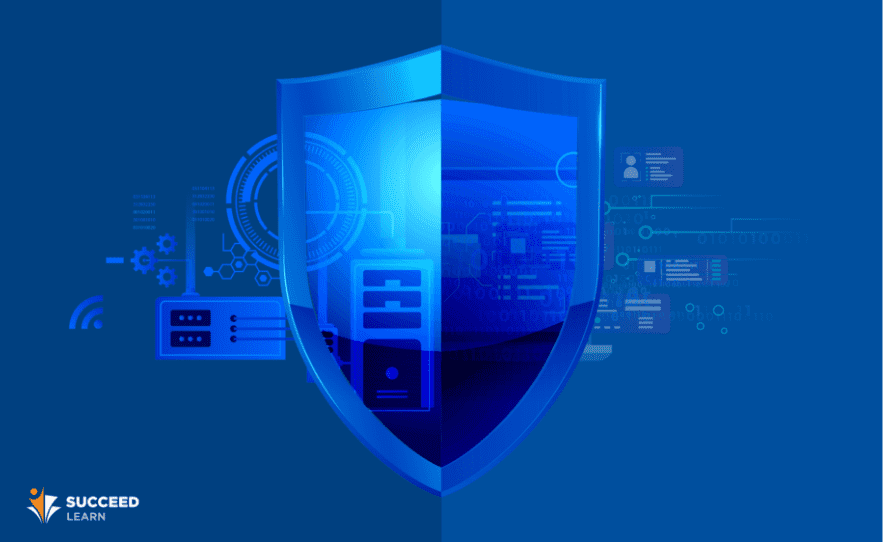
Difference between Cyber Security and Information Security
Cyber Security and Information security are often used with the same reference, considering the apparent similarities that surface. However, when dug deep in, it is evident that both the spheres vary radiantly and have just a small intersection of conformity. Each of them has its depth of risks & appearances and largely vary concerning the domain of application. Let us understand more of each to define the fine line of differences between the two security variances.
Both cybersecurity and information security are concerned with the security of the information systems from external attacks. However, that is the end of the similarity between the two. There is more to each one in the following paragraphs.
Cyber Security
Cyber Security, as the name holds, deals with the protection of cyber systems against any data theft from the cyberspace. Any system that is connected to the internet is exposed to many possibilities of cyberattacks. A person or group of people from any part of the world can conspire against attacking a system to steal sensitive information stored in it for various illegal deals.
In the era of rolling technological advancements, we tend to store our data, be it passwords or organizational data, to store it on the cloud for various benefits it throws. However, without sufficient authentication practices and security locks, it becomes very accessible for hackers to infringe the data.
A multi-layer protection system has been devised by the cyber-specialists across the world to provide a robust threat management system across networks, computers & programs that are prone to attacks. An attack can be directed to access, change or delete sensitive information for the thirst of money or disrupting the normal flow of business for professional discrepancies.
Thus, many companies like Cisco, Norton, Brinqa, etc have come up with multiple cyber protection tools at various levels of computer networks, right from architecture & application security to vulnerability management, cloud & container security. It is important for all organizations, large or small, to establish multiple protection rubric across their networks to ensure complete system security.
Information Security
Information security deals particularly with the protection of information systems from access, alteration or destruction of information/data. An information system is not necessarily a cyber system. It can be a simple, old-school file system or any other data storage arrangement. Hence if a person tries to copy confidential data from a system through a floppy disk, then it cannot be registered under a cybercrime but is a data theft activity.
A piece of information is always data but is not true in reverse. Any data cannot be information. In a computer system, if something is stored, it is often considered as data. Not until it data is processed that it is regarded as information. It is the information that is useful for outside agencies and not the raw data.
Hence, any protection system that is devised, is laid against information to prevent any ambiguous act from external sources.
Many countries have become conscious of information security and have come up with various regulations to protect their privileged information. For example:
European Council has agreed to implement GDPR (General Data Protection Regulation) since 2016, which enforces terms & conditions against general data usage by companies. There is more to it.
California summoned its attorneys in 2018 to devise CCPA (California Consumer Protection Act) for Californian State, which mainly provides protection against the use of consumer information by companies.
In general, it is the information that is at stake. Be it cybersecurity or infosec, information is the core of protection laws. It is important for every person involved in data transactions on a day-to-day basis to be aware of the basics of security policies. It is crucial to know how to detect, manage and eradicate any signs of attack. Complying the protection measures across all the modes on information storage & access through multi-layer authentication systems is imperative. Information security training for employees is one of the first steps needed for an organization to become an attack-safe entity.


